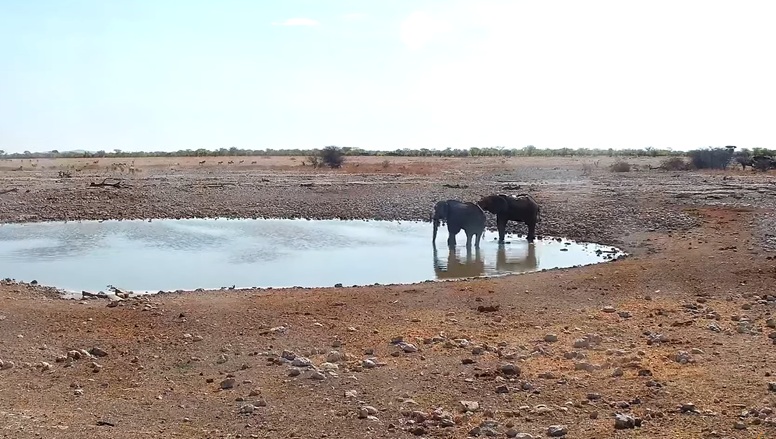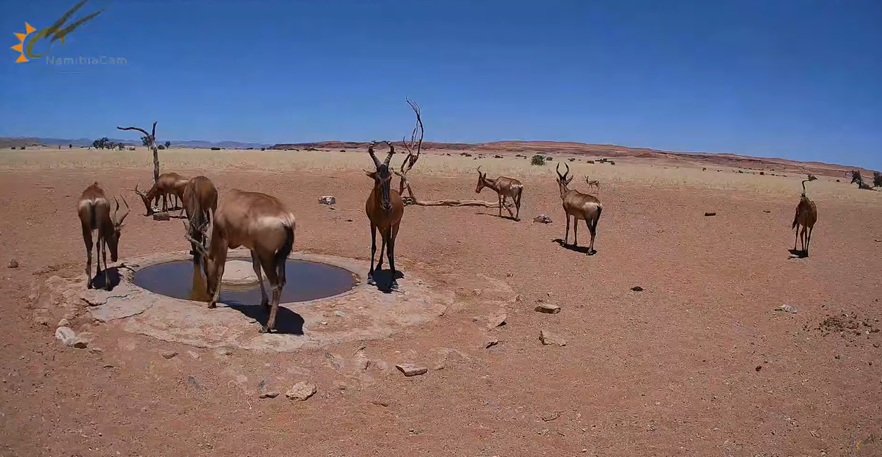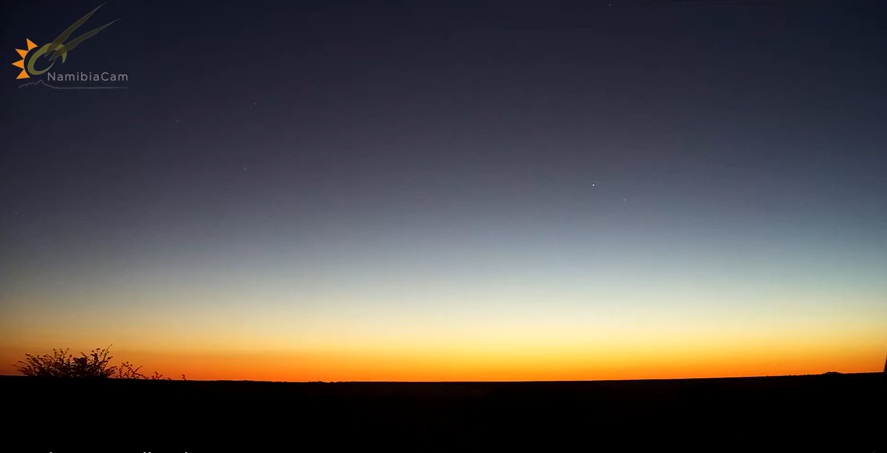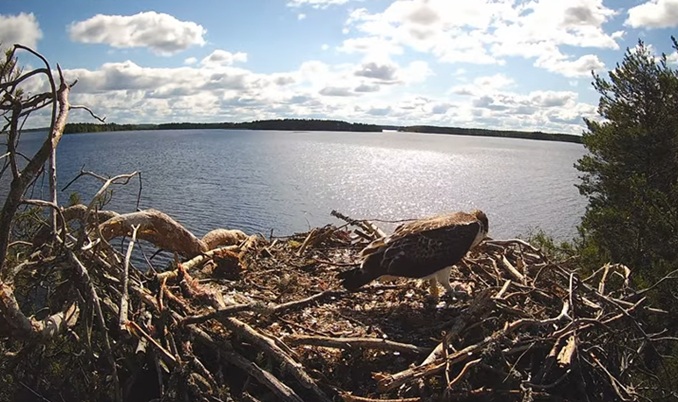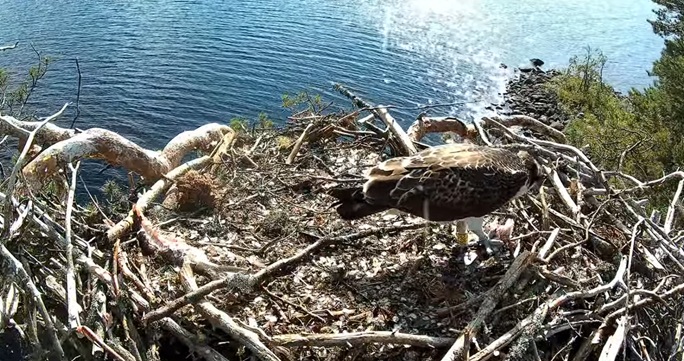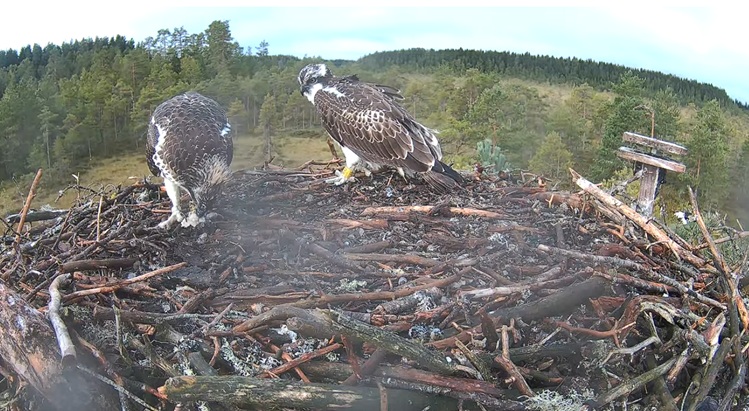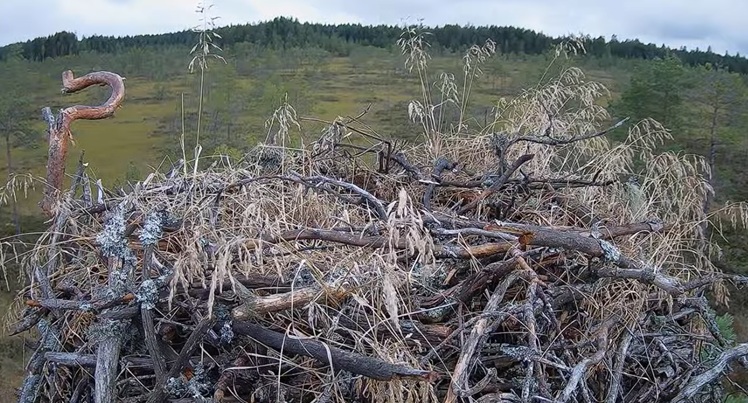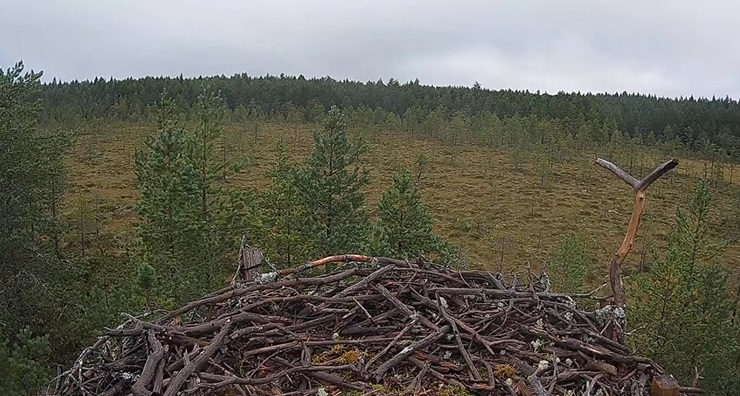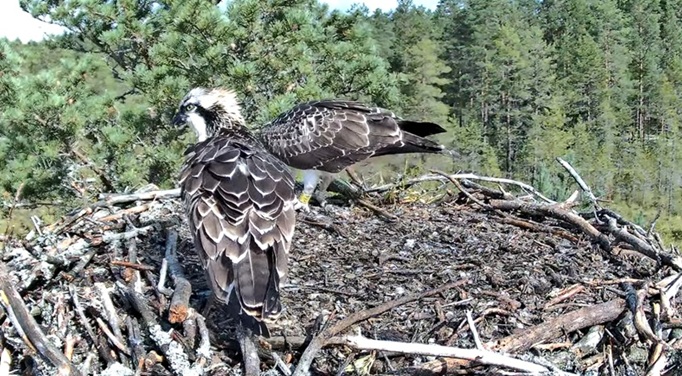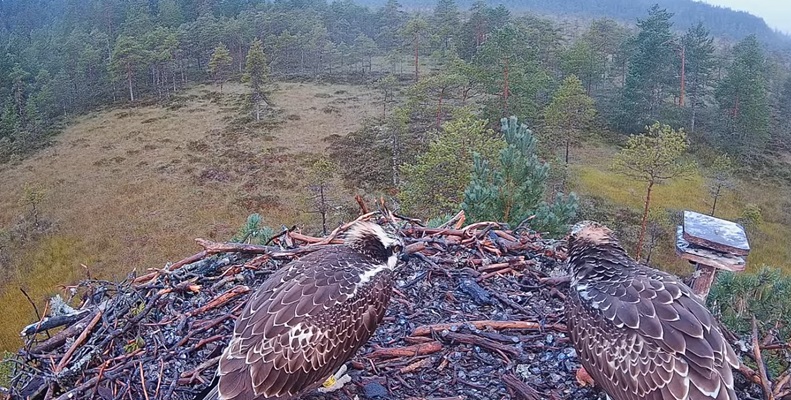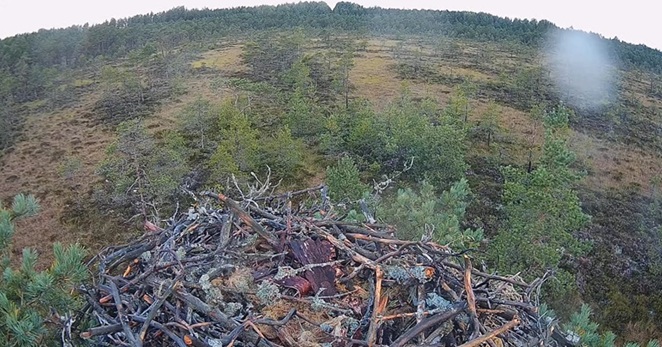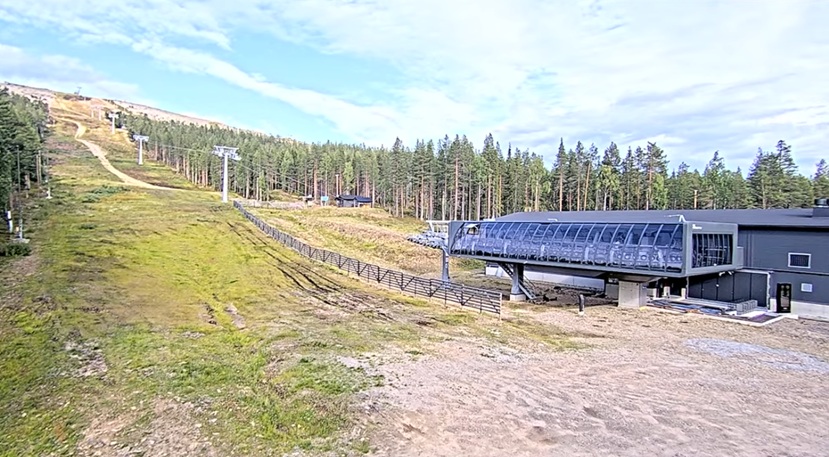Every departure from the Satakunta nest writes a longer story that stretches beyond Finland’s forests. The live camera follows the family to the threshold, juveniles perfecting control, adults easing the food supply, and then the sky takes over. Migration is a chain of inherited maps and learned choices. The young follow river corridors and coastlines, skirting weather where possible, riding thermals where available, and discovering rest stops they’ll remember if they survive to return. The camera cannot follow, but it prepares us to imagine truthfully: the rhythm of fish-rich mornings, the hazard of storms across broad water, the long quiet over forests that mirror home and are not home.
Back at the nest, viewers watch the landscape tip toward autumn. Light flattens, insects thin, and the platform’s sticks bleach. Adults depart first, muscle-strong and clear on the route. The juveniles linger, testing independence until a day arrives when the wind is right and hunger is directive. Watching this threshold moment on the live feed connects people to migration in a way maps cannot. You can feel the weight of going and the pull of return stitched into the same feather.
These stories matter for conservation because migration links regions. A clean lake in Satakunta is only one chapter; safe resting wetlands hundreds of kilometers south are another; wintering grounds yet another. The camera thus becomes a local portal into international stewardship. Schools use the feed to discuss flyways, weather systems, geography, and the costs and benefits of movement. Families tune in to say goodbye without saying it out loud, knowing that the same camera will one day show the sudden, joyous “back” of spring.
The most compelling thing about the migration story is its ordinariness to the birds and its extraordinariness to us. A juvenile that once begged clumsily now scouts its own fish, reads wind as fluently as we read road signs, and threads a path across countries by instinct refined through practice. The camera’s final frames are quiet because the journey needs no witnesses, but they are also full, because every viewer who watched the building, the feeding, and the first lift-off understands what leaving costs and why returning matters.
Check out other live cameras from Turku.


